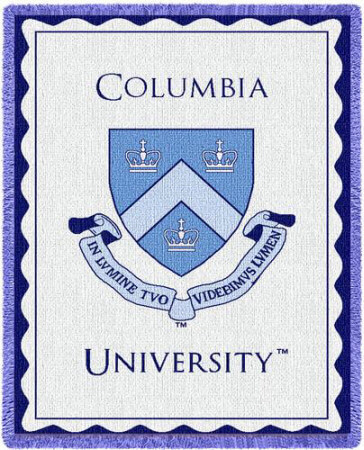When trying to decide whether to use the combination formula, many students have trouble applying the “does order matter” test–deciding if outcomes differ. It’s easy to say order doesn’t matter when it in fact does, and vice versa. Once you get it, it’s really useful, but it can take a bit of thinking and re-thinking.
Let’s look at a couple of examples to illustrate.
A Simple Case of the FCP
Suppose we have 5 people waiting for 3 seats. Now let’s say I want to count how many ways 3 people can be arranged in those seats. There are three tasks here–one for each seat.
fill 1st seat, fill 2nd seat, fill 3rd seat
We can write those as 3 blanks:
_____ , _____ , _____
With this done, we’re most of the way there. We just need to check if filling one seat with one person is the same as filling another seat with that same person.
Amy , _____ , _____
_____ , Amy , _____
Now, we know those aren’t the same, because that makes two different line-ups. Keep in mind which task each blank represents. Amy in seat 1 is not the same as Amy in seat 2. So this is not a combination. Instead, we can use the fundamental counting principle (FCP).
5 options , 4 options , 3 options
5*4*3 = 60.
If we were simply looking for a group of people–not paying attention to which person takes which chair, then we’d use a combination because the tasks aren’t inherently separate. There would be no significance of which blank represents which task. That might be asking “how many ways three people can be chosen for a committee from a group of five,” for example. In that case, we can’t draw the tasks as separate. Selecting the first person for the committee is the same as as selecting the second person. We could even choose all three at the same time, in one task–we don’t have to break it up into separate events. In that case, we have to use the combination formula as given in the our combination lesson videos.
5C3
5! / ([5-3]! *3!)
5! / ([2]! *3!)
5*4 / 2
10
A Permutation that Looks like a Combination
Here’s another example. If you have 4 shirts, 4 pairs of pants, and 4 hats, and you choose one of each, is it a combination or does order matter? It’s tempting to say “order doesn’t matter”, because a t-shirt and jeans is the same as jeans and a t-shirt, but let’s try making those 3 tasks:
pick a shirt, pick pants, pick a hat
or
_____ , _____ , _____
Again, remember that each blank must represent one task alone, and we don’t move the blanks around. So if we say
red t-shirt, _____ , _____
That’s NOT the same as
_____ , _____ , red t-shirt
A shirt in the first blank is not the same as a shirt in the last blank, because the last blank is for choosing a hat and a shirt cannot be a hat. It’s not very fashionable at the moment, at least.
That means that we can use the fundamental counting principle here. First, we look at the shirt task. There are 4 shirts, so we have 4 possibilities. Next, and separately, we look at the pants. There are 4 pairs, so that’s another 4 possibilities for each shirt. So far, that’s 4*4. And finally, we have hats: there are another 4 hats, so that’s another 4 possibilities for each match up of shirt and pants. That’s 4*4*4.
So if we have separate blanks for each task, just fill in the blank with how many choices can be made in that specific step. Then multiply all the numbers for your answer.
On the other hand, if we were looking for ANY three pieces of clothing from the twelve total, we would use a combination formula. Again, this could be done in a single step–reach into a bag of clothes and grab three things. There’s no differentiation between them. This would give us 12C3, or 220.
Basically, this is all about drawing the blanks to represent the tasks. As you do so, ask if the item or person you’re picking can be moved around to different blanks without changing the situation. (Move the items–not the blanks!). If the item can be moved without changing the situation, it’s a combination–order doesn’t matter. If moving the item changes the situation (like in the line-up) or is impossible (like with the clothes), then we use the FCP.






Leave a Reply